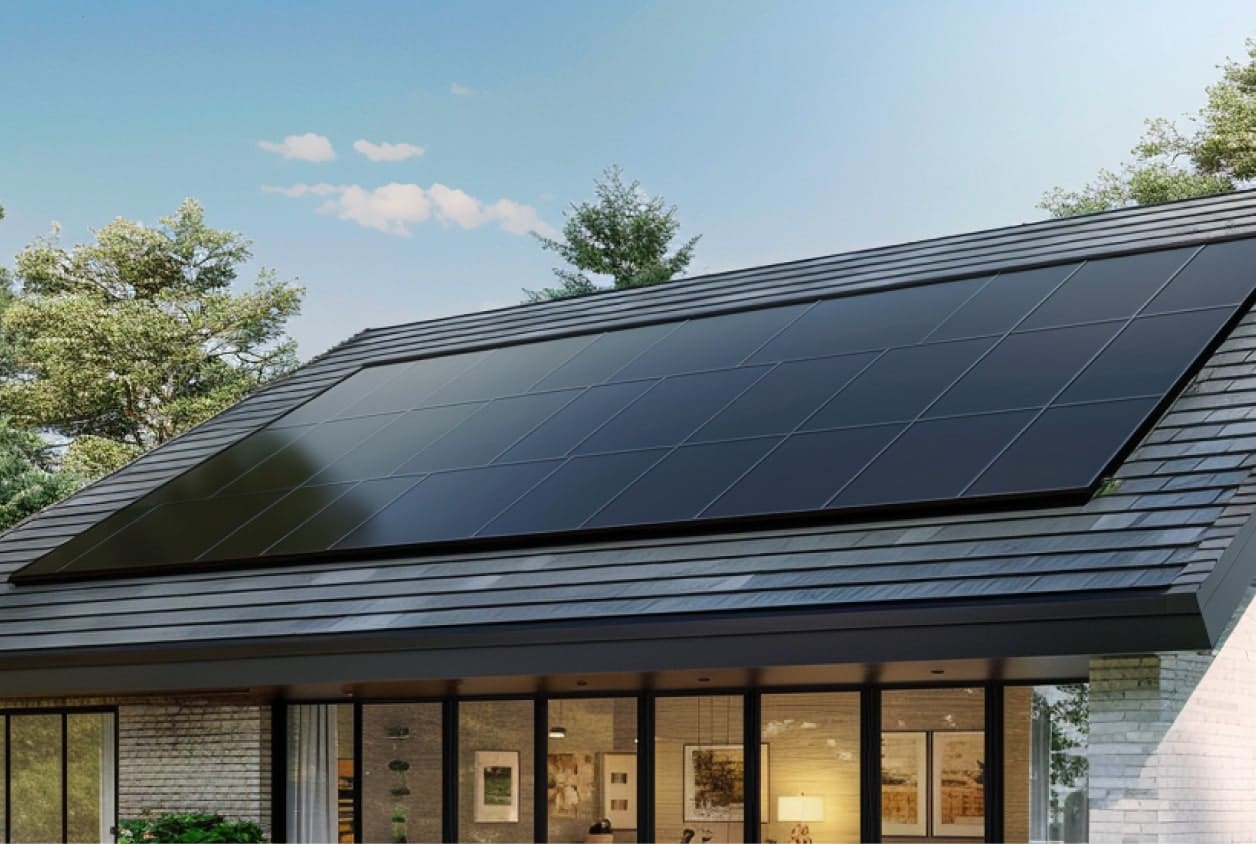Project Status Report: Hydrogen-Hybrid Research Vessel
Introduction and Alignment with Sustainable Development Goals
The Scripps Institution of Oceanography at the University of California San Diego has halted the development of a pioneering hydrogen-hybrid research vessel. This project is central to advancing several United Nations Sustainable Development Goals (SDGs), aiming to replace the diesel-powered Robert Gordon Sproul, operational since 1981. The suspension of the project, which began in 2017, represents a significant setback for sustainable marine innovation.
Core Objectives and Contribution to Global Goals
- SDG 7 (Affordable and Clean Energy) & SDG 13 (Climate Action): The vessel is designed to operate with zero emissions for 75% of its missions, utilizing liquid hydrogen and fuel cells to generate electricity. This directly supports the transition to clean energy and constitutes a tangible action against climate change by decarbonizing marine research operations.
- SDG 9 (Industry, Innovation, and Infrastructure): As the first vessel of its kind, the project represents a landmark in sustainable marine infrastructure and technological innovation. Its “whisper quiet” operation is a transformative advancement for scientific research.
- SDG 14 (Life Below Water): The vessel’s low acoustic signature would significantly enhance the ability of researchers to study ocean acoustics and marine life without disturbance, contributing directly to the conservation and sustainable use of marine ecosystems.
Funding Framework and Project Suspension
Funding History and Partnerships (SDG 17)
The project’s financial structure was built on a multi-stakeholder partnership involving state and federal entities, in line with SDG 17 (Partnerships for the Goals).
- A feasibility study led to an initial state funding award of approximately $35 million.
- The Alliance for Renewable Clean Hydrogen Energy Systems (ARCHES), a University of California-led collaboration, was established to compete for Department of Energy (DOE) funding.
- ARCHES was awarded $1.2 billion from a federal infrastructure law to develop hydrogen hubs, with $20 million specifically earmarked for the Scripps vessel.
Cessation of Federal Funding
As of October 1, the project was brought to a standstill following a directive from the DOE.
- ARCHES received a letter from the DOE to cease all project activities.
- The decision was referenced against a secretarial memorandum concerning the financial viability and policy alignment of federally funded projects.
- This action has frozen progress, despite the project having a mature, ready-to-build design and having issued solicitations to shipyards.
Impacts on Sustainable Development Progress
Setbacks for Education, Economic Growth, and Energy Security
- SDG 4 (Quality Education): The vessel is critical for providing students and PhD candidates with hands-on, career-preparing research excursions. The project’s halt jeopardizes these invaluable educational opportunities and the development of the next generation of marine scientists.
- SDG 8 (Decent Work and Economic Growth): The broader federal funding initiative, of which this project was a part, was projected to create 220,000 jobs. The withdrawal of funds undermines these economic growth and employment objectives in the clean energy sector.
Future Outlook
The funding withdrawal forces a re-evaluation of the project’s path forward. The Scripps Institution of Oceanography remains committed to its fundamental mission of conducting seagoing research and education. However, the loss of the $20 million federal allocation requires the development of new strategies to achieve the critical objectives of replacing its aging research fleet with sustainable, innovative technology that aligns with global climate and environmental goals.
Analysis of Sustainable Development Goals in the Article
1. Which SDGs are addressed or connected to the issues highlighted in the article?
- SDG 4: Quality Education – The article mentions the project’s role in providing hands-on research opportunities for students and PhD candidates at the Scripps Institution of Oceanography.
- SDG 7: Affordable and Clean Energy – The central theme is the development of a hydrogen-hybrid vessel, a clean energy technology designed to replace a diesel-powered ship.
- SDG 8: Decent Work and Economic Growth – The article cites the ARCHES CEO, who states that the broader initiative, of which the vessel is a part, is projected to create a significant number of jobs.
- SDG 9: Industry, Innovation, and Infrastructure – The project represents an innovation in marine technology (“first-ever hydrogen-hybrid vessel”) and an upgrade to scientific research infrastructure.
- SDG 13: Climate Action – A primary goal of the new vessel is to achieve “entirely zero emissions operations,” directly contributing to climate change mitigation by reducing reliance on fossil fuels.
- SDG 14: Life Below Water – The vessel is a tool for oceanographic research. Its “whisper quiet” design is specifically highlighted as a benefit for studying ocean acoustics, thus enhancing the capacity for marine science.
- SDG 17: Partnerships for the Goals – The project is a collaborative effort involving multiple entities, including a university (UC San Diego), a state government (California), the federal government (Department of Energy), and a public-private alliance (ARCHES).
2. What specific targets under those SDGs can be identified based on the article’s content?
- Target 4.4: By 2030, substantially increase the number of youth and adults who have relevant skills, including technical and vocational skills, for employment, decent jobs and entrepreneurship. The article highlights how PhD candidates like Andrea Rodriguez-Marin Freudmann gain “hands-on, career-preparing excursions” and experience in grant writing and research planning.
- Target 7.2: By 2030, increase substantially the share of renewable energy in the global energy mix. The project’s goal is to create a vessel that uses “liquid hydrogen and fuel cells to make electricity,” a form of renewable and clean energy, to replace a diesel-powered ship.
- Target 8.5: By 2030, achieve full and productive employment and decent work for all women and men. The article quotes the ARCHES CEO stating that the associated clean energy projects would deliver “220,000 American jobs.”
- Target 9.5: Enhance scientific research, upgrade the technological capabilities of industrial sectors in all countries… encouraging innovation. The development of the “first-ever hydrogen-hybrid vessel” is a direct example of enhancing scientific research and upgrading technological capabilities in the marine sector.
- Target 13.2: Integrate climate change measures into national policies, strategies and planning. The project was funded through the bipartisan infrastructure law and the Department of Energy, showing an integration of climate-friendly technology development into national policy and funding strategies.
- Target 14.a: Increase scientific knowledge, develop research capacity and transfer marine technology… in order to improve ocean health. The new vessel is designed to be a state-of-the-art platform for “sea-going scientists” and is described as a “game-changer for researchers measuring ocean acoustics,” thereby increasing scientific knowledge and research capacity.
- Target 17.17: Encourage and promote effective public, public-private and civil society partnerships. The project is a clear example of such a partnership, involving the University of California, the state of California, the federal Department of Energy, and the Alliance for Renewable Clean Hydrogen Energy Systems (ARCHES).
3. Are there any indicators mentioned or implied in the article that can be used to measure progress towards the identified targets?
- Indicator for Target 7.2: The proportion of the vessel’s operational time powered by renewable sources. The article specifies that the hydrogen-hybrid system would provide power for “75% of its missions, with entirely zero emissions operations.”
- Indicator for Target 9.5: The development and construction of the new hydrogen-hybrid vessel itself serves as a concrete indicator of technological innovation and upgrading research infrastructure.
- Indicator for Target 13.2: The reduction in greenhouse gas emissions. The vessel’s design for “entirely zero emissions operations” is a direct measure of progress in mitigating climate impact compared to the diesel ship it would replace.
- Indicator for Target 14.a: The enhanced capability for marine research. The “whisper quiet” nature of the ship is a specific technological improvement that serves as an indicator of increased capacity for acoustic research.
- Indicator for Target 4.4: The number of students and researchers participating in at-sea excursions. The article emphasizes the mission to “take our students and scientists out to sea” and mentions a specific PhD candidate who relies on these trips for her studies.
- Indicator for Target 8.5: The number of jobs created. The article explicitly mentions a projection of “220,000 American jobs” from the broader ARCHES projects.
- Indicator for Target 17.17: The amount of funding mobilized from multiple sources. The article mentions the initial $35 million from the state and the earmarked $20 million from the $1.2 billion federal award to ARCHES, demonstrating a multi-stakeholder financial partnership.
4. Table of SDGs, Targets, and Indicators
| SDGs | Targets | Indicators |
|---|---|---|
| SDG 4: Quality Education | 4.4: Increase the number of youth and adults with relevant skills for employment. | Provision of “hands-on, career-preparing excursions” for students and PhD candidates. |
| SDG 7: Affordable and Clean Energy | 7.2: Increase the share of renewable energy in the global energy mix. | Development of a hydrogen-hybrid vessel to run on clean energy for 75% of its missions. |
| SDG 8: Decent Work and Economic Growth | 8.5: Achieve full and productive employment and decent work for all. | Projected creation of “220,000 American jobs” through the ARCHES initiative. |
| SDG 9: Industry, Innovation, and Infrastructure | 9.5: Enhance scientific research and upgrade technological capabilities. | Design and planned construction of the “first-ever hydrogen-hybrid vessel.” |
| SDG 13: Climate Action | 13.2: Integrate climate change measures into national policies and planning. | The vessel’s design for “entirely zero emissions operations,” funded through national infrastructure law. |
| SDG 14: Life Below Water | 14.a: Increase scientific knowledge and develop research capacity. | Creation of a “whisper quiet” vessel to improve the quality of ocean acoustic research. |
| SDG 17: Partnerships for the Goals | 17.17: Encourage and promote effective public, public-private and civil society partnerships. | Collaboration between Scripps (university), state and federal governments, and the ARCHES alliance. |
Source: nbcsandiego.com







